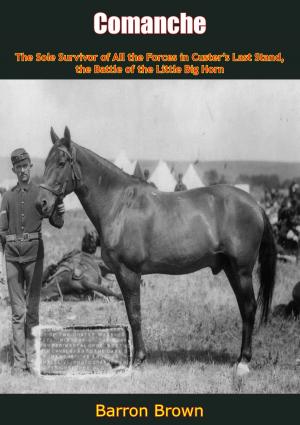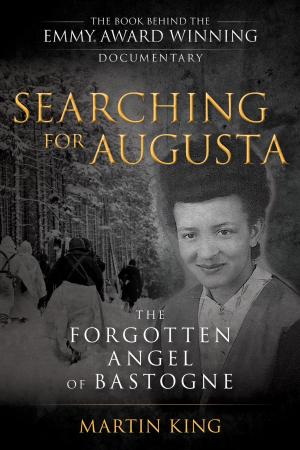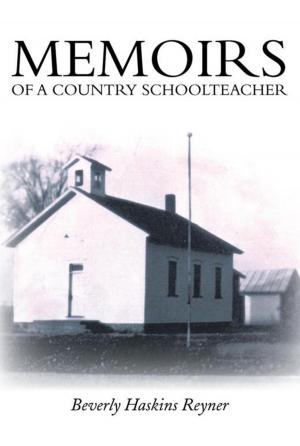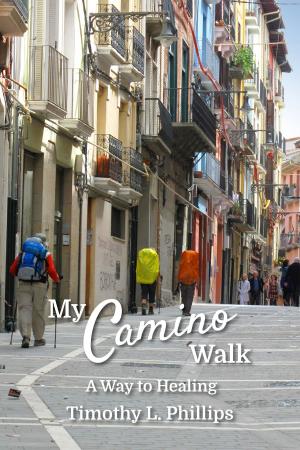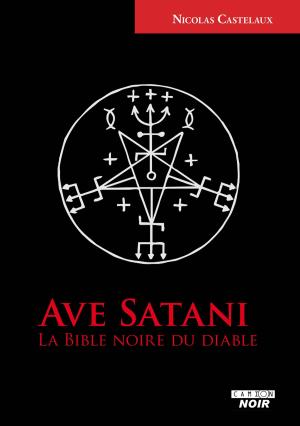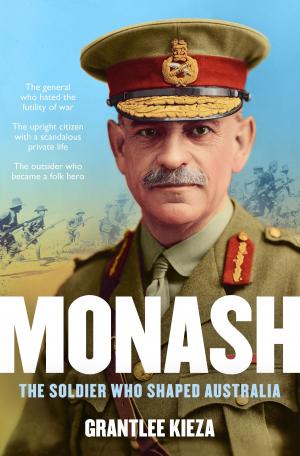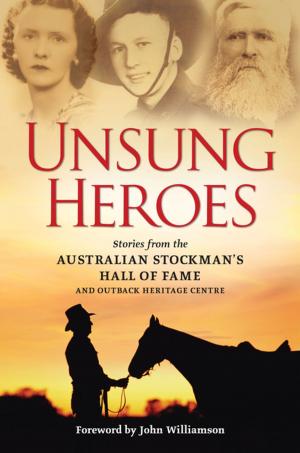| Author: | Robert Hodge | ISBN: | 9780992536404 |
| Publisher: | Robert Hodged | Publication: | August 28, 2014 |
| Imprint: | Language: | English |
| Author: | Robert Hodge |
| ISBN: | 9780992536404 |
| Publisher: | Robert Hodged |
| Publication: | August 28, 2014 |
| Imprint: | |
| Language: | English |
Nicholas Sadleir speaks to his great grandson, describing cattle drives from Queensland for rail shipment to Adelaide. He talks of his sheep and cattle runs, a privileged Irish childhood, Tipperary insurrection, the potato famine and sailing with his brothers to Melbourne in 1852. He is 17 when he arrives. Nicholas mines gold. His brothers disapprove – they want him as a lawyer in Melbourne. He resists, finds gold and joins Irish cousins with their livestock on the Darling River. Nicholas runs a station there for them for the rest of his life. He adapts to new country. He manages Aboriginal and European people and invests in buildings, fencing and stock water. They call the station Albemarle. It spans more than a million acres with 200,000 sheep, several thousand cattle and hundreds of horses and people. His siblings replicate their Anglo-Irish advantages too. Richard has a hospital in Melbourne. John is a senior policeman and supervises the capture and arrest of bushranger Ned Kelly and Marshal practises law. A twin sister starts an academy for the children of gentleman to later lose touch with her brothers. They never find her. Nicholas regrets the demise of Aboriginal people on the Darling. Paddle steamers and the Telegraph help to colonise the inland rivers. He profits in a Queensland cattle station. He meets his future wife, has a homestead built, marries Anna Sturgess, regrets her loneliness on the Darling and persuades his cousins to buy the opulent Quamby Estate in Tasmania for him to manage. He, Anna and their firstborn move there. Anna Sadleir thrives in Tasmanian motherhood, the sociable spread of culture and Christian charity from the endowment of her liberal education in England. Nicholas commutes between Quamby, Albemarle, his stations in New South Wales and Queensland and his cousins’ farms and urban investments. He and Anna host guests generously. The family luxuriates. Nicholas has a salary of £2000. Servants abound. He ends a partnership in Queensland and starts new stations. Anna explores her noble roots in Ireland and England to advance her children's prospects. Ten more children arrive before Quamby is sold and everyone moves to Adelaide in South Australia. Four more children arrive. A depression strikes and banks fail. Nicholas loses his stations but his cousins keep Albemarle. Prices for wool and livestock fall. Nicholas lives at Albemarle as austerity and rabbit plagues demand. A son kills himself with a shotgun at home in Adelaide because he is in trouble at school. Anna and Nicholas grieve in separateness. Shearers’ strikes follow. Nicholas manages the strikes to shear 100,000 sheep in successive years, but returns are less. Anna starts a wholesale cloth business, she moves the family to a smaller home and Nicholas struggles with a four-year drought that reminds him of the Irish potato famine. He dies at 68 at Albemarle. Anna persists in the care of her children and claims for their nobility. She seeks, but cannot afford, university study for them. Some find work in banks and with commercial agents. They progress. Another suicides. Two marry. Four migrate to Argentina. Four serve in the Great War. Anna holidays in Great Britain with a daughter and visits relatives in Ireland and England. She dies in Liverpool. Years later, James, the eldest son, is offered a baronetcy. He rejects it as a lot of rot. The fraudulent offer probably comes from agents of a British Prime Minister seeking funds for election expenses. Tales of family aristocracy persist in South Australia long after James’ death, and perhaps for the Sadleirs of Argentina. They still raise Australian Merino sheep there.
Nicholas Sadleir speaks to his great grandson, describing cattle drives from Queensland for rail shipment to Adelaide. He talks of his sheep and cattle runs, a privileged Irish childhood, Tipperary insurrection, the potato famine and sailing with his brothers to Melbourne in 1852. He is 17 when he arrives. Nicholas mines gold. His brothers disapprove – they want him as a lawyer in Melbourne. He resists, finds gold and joins Irish cousins with their livestock on the Darling River. Nicholas runs a station there for them for the rest of his life. He adapts to new country. He manages Aboriginal and European people and invests in buildings, fencing and stock water. They call the station Albemarle. It spans more than a million acres with 200,000 sheep, several thousand cattle and hundreds of horses and people. His siblings replicate their Anglo-Irish advantages too. Richard has a hospital in Melbourne. John is a senior policeman and supervises the capture and arrest of bushranger Ned Kelly and Marshal practises law. A twin sister starts an academy for the children of gentleman to later lose touch with her brothers. They never find her. Nicholas regrets the demise of Aboriginal people on the Darling. Paddle steamers and the Telegraph help to colonise the inland rivers. He profits in a Queensland cattle station. He meets his future wife, has a homestead built, marries Anna Sturgess, regrets her loneliness on the Darling and persuades his cousins to buy the opulent Quamby Estate in Tasmania for him to manage. He, Anna and their firstborn move there. Anna Sadleir thrives in Tasmanian motherhood, the sociable spread of culture and Christian charity from the endowment of her liberal education in England. Nicholas commutes between Quamby, Albemarle, his stations in New South Wales and Queensland and his cousins’ farms and urban investments. He and Anna host guests generously. The family luxuriates. Nicholas has a salary of £2000. Servants abound. He ends a partnership in Queensland and starts new stations. Anna explores her noble roots in Ireland and England to advance her children's prospects. Ten more children arrive before Quamby is sold and everyone moves to Adelaide in South Australia. Four more children arrive. A depression strikes and banks fail. Nicholas loses his stations but his cousins keep Albemarle. Prices for wool and livestock fall. Nicholas lives at Albemarle as austerity and rabbit plagues demand. A son kills himself with a shotgun at home in Adelaide because he is in trouble at school. Anna and Nicholas grieve in separateness. Shearers’ strikes follow. Nicholas manages the strikes to shear 100,000 sheep in successive years, but returns are less. Anna starts a wholesale cloth business, she moves the family to a smaller home and Nicholas struggles with a four-year drought that reminds him of the Irish potato famine. He dies at 68 at Albemarle. Anna persists in the care of her children and claims for their nobility. She seeks, but cannot afford, university study for them. Some find work in banks and with commercial agents. They progress. Another suicides. Two marry. Four migrate to Argentina. Four serve in the Great War. Anna holidays in Great Britain with a daughter and visits relatives in Ireland and England. She dies in Liverpool. Years later, James, the eldest son, is offered a baronetcy. He rejects it as a lot of rot. The fraudulent offer probably comes from agents of a British Prime Minister seeking funds for election expenses. Tales of family aristocracy persist in South Australia long after James’ death, and perhaps for the Sadleirs of Argentina. They still raise Australian Merino sheep there.

